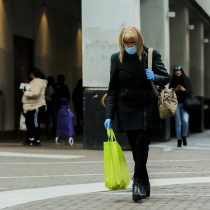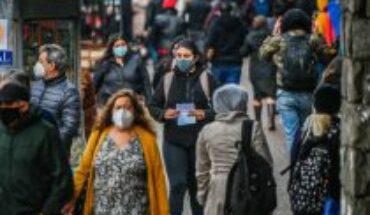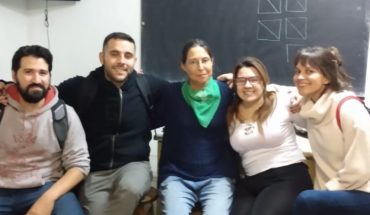
This Tuesday, the Public Space Study Center published a new report of the COVID-19 pandemic, where they show concern about the virus situation in regions.
In particular, they are concerned about the “evolution over the past six weeks, of the number of contagions in the six regions where they have been growing rapidly in recent weeks: Magellan, Uble, Maule, Araucanía, Los Ríos and Aysén”.
The first figure considers the three regions with high levels of contagion (more than 10 per 100 thousand inhabitants, red in the signaling of iCOVID-Chile), the second the regions under this threshold. The two graphs show the daily average of contagions over the past seven days. Both are normalized (i.e. divided by a constant) so that the series start from a base 100, which does not alter growth rates.
“The case of Magellan is the most dramatic (with a moving average of 74 new daily cases averaged per 100 thousand inhabitants during the week ending today) for which it is clear that daily contagions have more than multiplied more than five times in recent weeks. In Uble (moving average of 13 new cases per 100 thousand inhabitants today) cases have practically tripled in the last six weeks and in Maule (moving average of 13 new cases per 100 thousand inhabitants today) have grown by approximately 65 percent. The evolution of contagions in the last two regions suggests that the measures taken to contain the epidemic have not yet taken effect,” the report states.
“Figure 0b also shows very high growth rates, passing the three regions the contagion threshold per 100 thousand inhabitants in 10 last week (orange signal according to iCOVID-Chile). The virus expands at very high speeds in all three regions: contagions grew by more than 60% in Araucanía over the past week, to more than double in Los Rios and almost five times in Aysén (each region with a moving average of 8, 7 and 5 new cases per 100 thousand inhabitants today, respectively),” they end.





